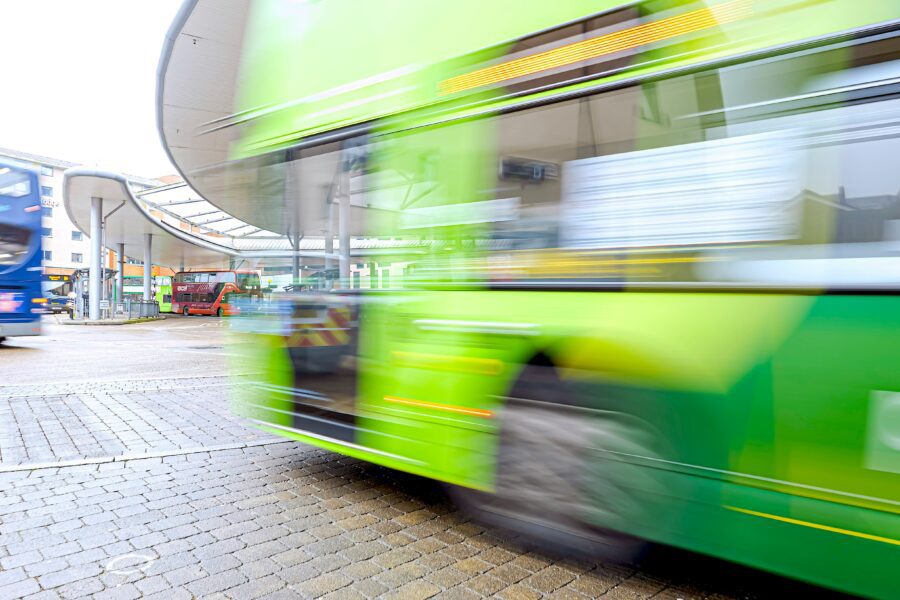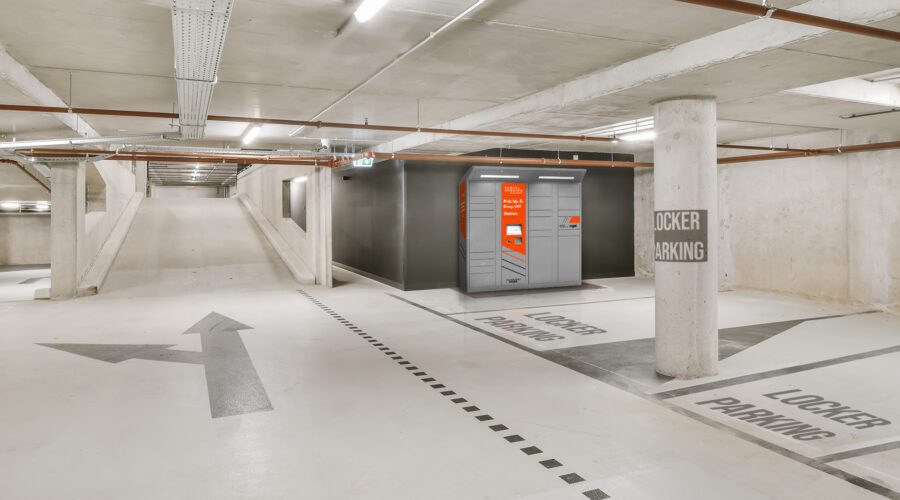
Our Blog
Has The Pandemic Changed Apartment Living?
Written by: pdm
4 Min Read
Published: October 1, 2021
Updated: December 13, 2022
The pandemic has had a huge impact on the way we live, work and shop for over a year. People have worked from home and shopped online more. It is predicted that some changes people made will stick and, if that’s the case, they are likely to have a lasting impact on the choices we make about our living spaces. For owner-operators of Build to Rent (BTR) apartments, this raises the question of how future accommodation will meet residents’ needs and the demands of increasing parcel deliveries.
A panel of experts, including Quadient’s Jon Hammond, Head of Real Estate Parcel Locker Solutions (UK & Ireland), considered the impact the pandemic has had on the future of apartment living on a recent UK Apartment Association (UKAA) webinar.
On the webinar, Jon cited the 2021 National Build to Rent Report from HomeViews which reveals tenants rated the BTR experience higher than Build to Sell (BTS) for the second year in a row. The panel reflected on the ‘silent hero’ of the BTR sector during the pandemic, providing as it did services and amenities that supported residents’ needs and a sense of community at an isolating time.
The panel went on to discuss four key impacts the pandemic could have on future apartment living:
1. Intelligent, flexible use of space
Residents working from home will make new demands on their living space. This is likely to impact how rooms are used, with bedrooms doubling as studies, and requirements for office type furniture. It may also be reflected in how shared spaces are designed, with collaborative working spaces forming part of communal building areas.
In fact, people working from home will mean that buildings aren’t empty during the day, in the way they used to be. The same BTR report from HomeViews reveals that having a concierge correlated with a 4.8 per cent higher star rating on average and space was something residents particularly prized in 2020. Hybrid working could change how owner-operators organise concierge services and the types of amenities they provide by, for example, further increasing the emphasis on outdoor space.
2. Amenities
Front of house services may be prized by residents, but their effectiveness will be diminished if staff are bogged down by time-consuming, labour-intensive processes. Pre-pandemic, the volume of delivered parcels grew by eight per cent year on year. If building staff are responsible for taking in and distributing parcels, and if they spend on average four minutes on each delivery, 30 parcels a day will take up to two hours of time.
Technology and automation can help. Parcels delivered into secure parcel lockers free up staff while also eliminating the theft, fire and trip hazard of parcels collecting in reception and other areas. Residents are automatically notified when they have a parcel and self-serve from the lockers whenever is convenient, 24/7. The locker acts as a secure go-between, reducing the need for in-person contact between couriers and building staff, and staff and residents.
3. Environmental, Social and Governance (ESG)
A strong ESG position is important to the brand of BTR companies, as it is to all businesses. In fact, 2021 Edelman research reveals that 86 per cent of consumers expect CEOs to publicly speak out about societal challenges.
The environmental credentials of buildings will continue to be a key area of focus across BTR. Fortunately, innovations provide ever smarter ways to conserve energy and minimise waste. When it comes to parcel deliveries, BTR buildings can help reduce carbon emissions by ensuring deliveries are successful first time.
This is because unsuccessful deliveries can, depending on the courier, result in two further delivery attempts. After that, customers may have to collect from a depot, making a total of four journeys when the aim is one. Holding residents’ parcels in carrier-agnostic smart lockers strengthens properties’ green credentials by eliminating redeliveries while maximising convenience and residents’ satisfaction.
4. Data and tech systems
Apps came into their own throughout the pandemic, providing a convenient way for residents to interact with building services. As buildings get smarter, there is even more potential to streamline time-poor residents’ access to services.
Digital solutions are also data-rich, providing owner-operators with greater insight into how residents use amenities. For parcels, a web application provides analytics on locker use. That way, any trend in increasing delivery volumes can be immediately spotted and addressed, by adding lockers to the modular unit, before it becomes an issue.
The impact of the pandemic is likely to be felt in future apartment living. BTR owner-operators will want to provide resilient buildings that meet changed residents’ needs around building spaces, amenities and more. By doing so, they can create desirable residential environments that attract and retain residents.
For more on future apartment living, take a look at the UKAA webinar and to discover how to simplify parcel management at BTR properties, take a look at secure parcel lockers from Quadient.



